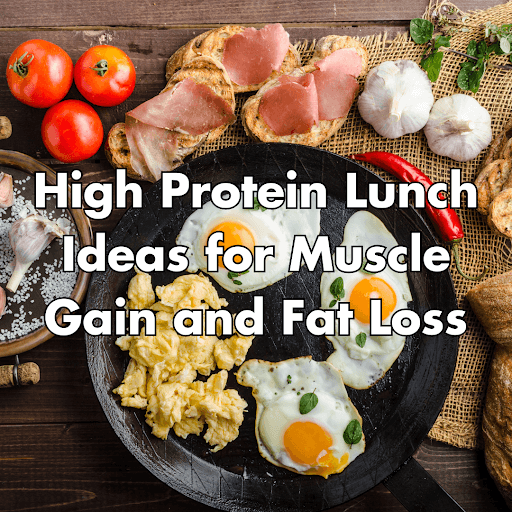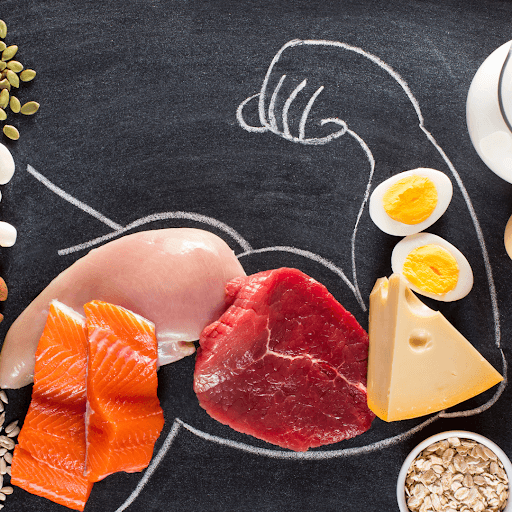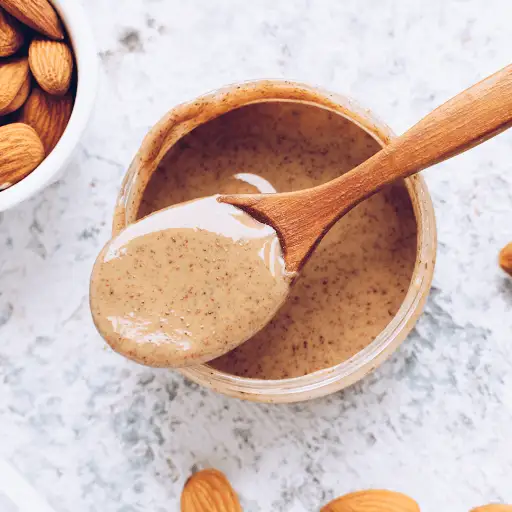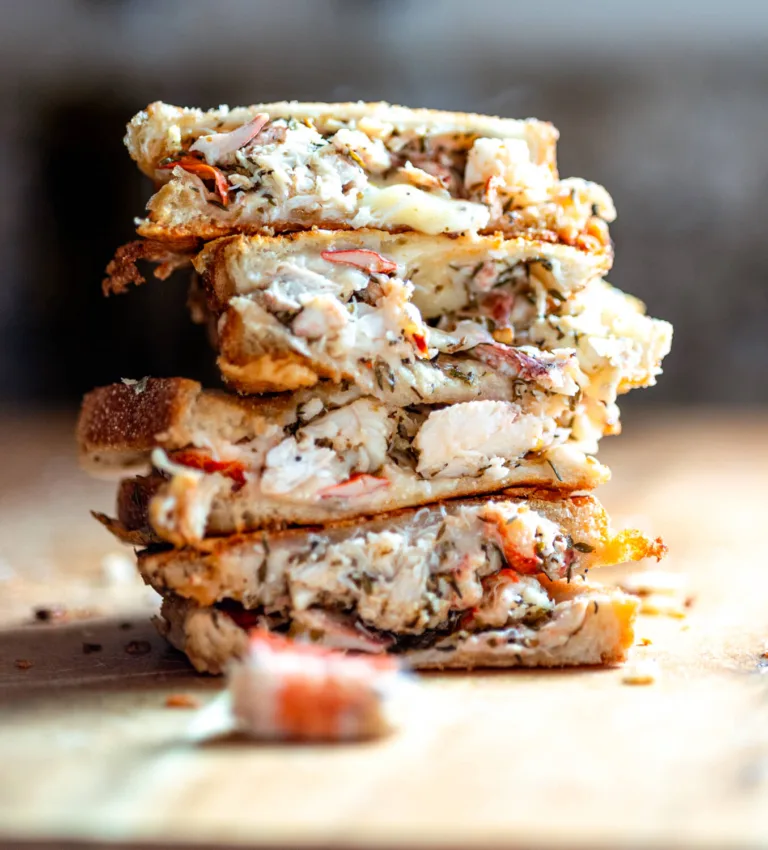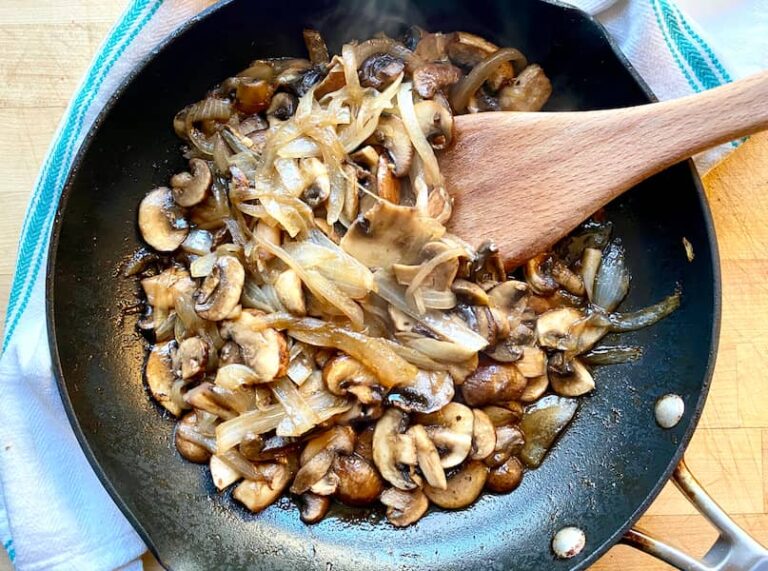As a business owner, my days are a whirlwind of meetings, phone calls, and deadlines.
And, to be quite honest, I can be a very scatterbrained person.
Because of that, meal planning is essential for my overall health.
Finding time to cook elaborate meals can seem like a daunting task.
However, as someone who prioritizes a healthy lifestyle, I know the importance of fueling my body correctly, especially when achieving my fitness goals.
I’m all about efficiency and finding ways to nourish myself without sacrificing precious time.
That’s why I focus my energy on quick, easy, yet incredibly nutritious lunches. I used to feel lost around lunchtime, struggling to find something satisfying and nutritious to support my muscle-building efforts.
I knew I needed to incorporate enough protein into my meals to build and maintain lean muscle mass.
I started focusing on protein intake as the main requirement of my lunchtime meals. This helped me build and maintain muscle and improved my energy levels throughout the day.
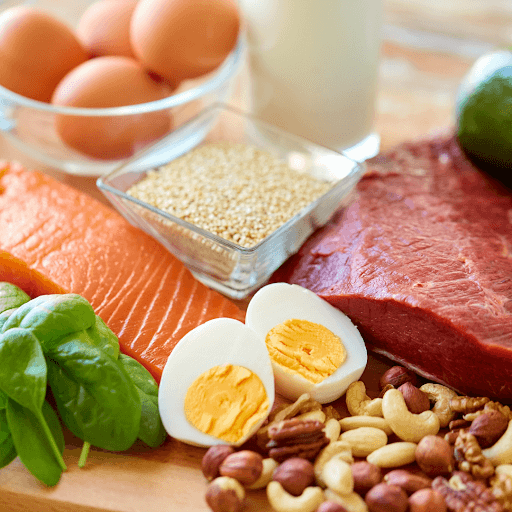
Protein is absolutely essential for anyone serious about fitness, whether their goal is to gain muscle or lose weight. Resistance training essentially stresses our muscles. Our bodies need a sufficient supply of protein to repair and rebuild stronger, larger muscles.
Protein provides the essential building blocks—amino acids—that our muscles use to grow and recover.
And it’s not just about building bigger muscles. Protein is vital in weight loss, particularly during the cutting phase. While many focus solely on reducing calorie intake, preserving lean muscle mass is crucial.
Lean muscle mass is metabolically active, meaning it burns more calories at rest than fat. By ensuring adequate protein intake, we can prevent our bodies from breaking down muscle tissue for energy, which hinders our progress and slows our metabolism.
Protein plays a significant role in satiety and blood sugar control. Consuming an adequate amount of protein at each meal helps you feel fuller for longer, reducing cravings and preventing overeating. Protein also helps stabilize blood sugar levels, preventing those energy crashes and subsequent cravings that can derail your diet.
Now, instead of dreading lunchtime, I look forward to it. I’ve developed a repertoire of quick and easy, high-protein lunch options that are both delicious and nutritious.
These meals not only keep me fueled and energized throughout the afternoon but also support my fitness goals, whether I’m aiming to build muscle or maintain my weight.
Understanding Protein Needs
Determining your optimal protein intake is crucial for achieving your fitness goals, whether it’s building muscle or shedding fat.
A general recommendation for those aiming for muscle gain is to consume 1.6-2.2 grams of protein per kilogram of body weight daily.
However, it’s important to remember that these are just guidelines. Individual protein needs can vary significantly based on several factors.
- Activity Level: More active individuals, especially those engaging in intense resistance training, will require a higher protein intake to support muscle repair and growth.
- Training Intensity: The volume and intensity of your workouts significantly influence your protein needs.
- Fitness Goals: Individuals aiming for significant muscle gain may require a higher protein intake compared to those primarily focused on fat loss.
To effectively build muscle, you typically need to be in a calorie surplus, meaning you consume slightly more calories than your body burns. This provides the extra energy needed for muscle growth.
On the other hand, for fat loss, a slight calorie deficit is generally recommended, where you consume slightly fewer calories than your body burns.
However, maintaining adequate protein intake during a calorie deficit is crucial to preserve lean muscle mass and prevent your body from breaking down muscle tissue for fuel.
High-Protein Lunch Ideas
Understanding your individual needs and adjusting your protein intake accordingly can help you optimize your diet for your specific fitness goals and maximize your results.
Now, let’s explore some delicious, easy-to-prepare, high-protein lunch ideas that will keep you fueled and on track.
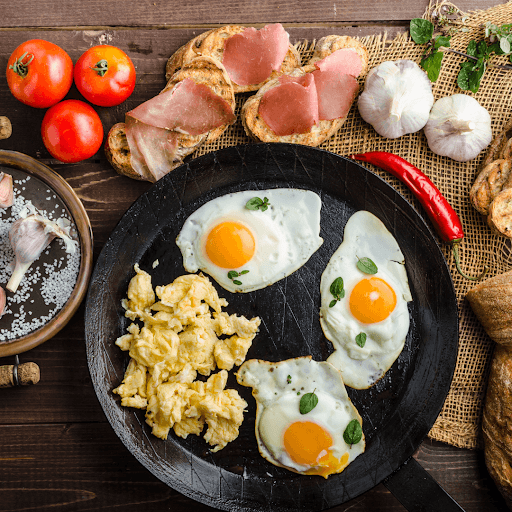
Lean Protein Sources:
- Chicken Breast: A true lean protein powerhouse, chicken breast is incredibly versatile and easy to prepare. Grilling, baking, or pan-frying with a touch of olive oil on medium heat are all excellent cooking methods.
- Lean Beef: Lean beef is another fantastic source of protein, providing your body with the essential amino acids necessary for muscle tissue growth. Consider lean cuts for stir-fries or ground beef for leaner burgers.
- Fish: Fatty fish like salmon and tuna are not only packed with protein but also rich in healthy fats, specifically omega-3 fatty acids, which offer numerous health benefits. Tuna salad is a quick and easy lunch option that can be easily customized with your favorite toppings.
- Eggs: A classic and convenient source of protein, eggs are a must-have in any fitness enthusiast’s diet. Hard-boiled eggs make for a perfect on-the-go healthy snack or a quick addition to salads.
- Greek Yogurt: Greek yogurt is a great source of protein and calcium, making it a fantastic addition to your lunch repertoire. Explore its versatility by using it as a base for dips and sauces or even as a protein-rich topping for salads and smoothies.
- Cottage Cheese: With its creamy texture and high protein content, cottage cheese is a delicious and satisfying lunch option. Top it with fresh fruit, a sprinkle of nuts, or a drizzle of honey for a flavorful and filling meal.
- Legumes: Don’t forget about plant-based protein sources! Black beans, garbanzo beans, and lentils are all excellent choices.
- Tofu: This versatile plant-based protein can be easily incorporated into various lunch options. Try it scrambled, stir-fried, or even marinated and grilled for a delicious and satisfying meal.
High-Protein Lunch Recipes
Now that we’ve explored some excellent protein sources, let’s explore some delicious, easy-to-prepare high-protein lunch recipes that will keep you fueled and energized throughout the afternoon.
High-Protein Lunch Bowl:
This is a versatile and customizable option that can be adapted to your preferences. Start with a base of brown rice or quinoa for a dose of complex carbohydrates and fiber. Then, pile on the protein with grilled chicken breast or your favorite grilled fish.
Add a generous serving of roasted sweet potatoes for sweetness and additional fiber. For a boost of plant-based protein, incorporate a scoop of black beans. Finally, add a colorful mix of chopped red onion, bell peppers, and a sprinkle of fresh cilantro. Finish with a drizzle of olive oil and a pinch of salt and pepper. For extra flavor and protein, crumble some feta cheese on top. This high-protein lunch bowl is not only delicious but also packed with essential nutrients.
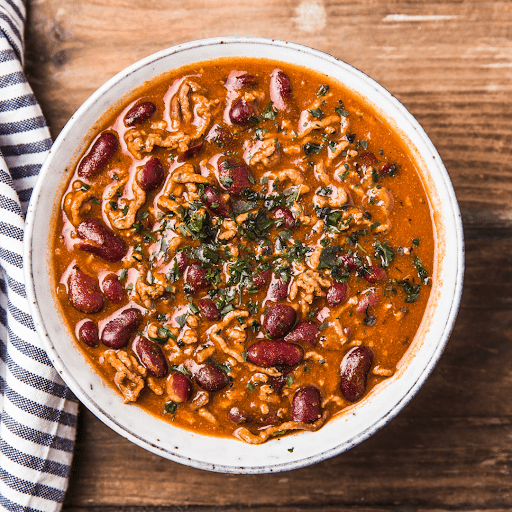
Turkey Chili:
A hearty and satisfying option, this turkey chili is perfect for those chilly days. In a large pot, brown lean ground turkey over medium heat. Add diced onions, garlic, and a variety of spices like chili powder, cumin, and oregano. Pour in a can of diced tomatoes, a can of kidney beans, and vegetable broth.
Bring to a simmer and cook for about 20 minutes, or until the flavors have melded together. Serve hot with a dollop of plain Greek yogurt or a sprinkle of shredded cheese. This turkey chili is a great way to incorporate a significant amount of protein into your lunch while enjoying a warm and comforting meal.
High-Protein Salad:
Salads don’t have to be boring! This high-protein version is packed with flavor and will keep you feeling full and satisfied. Start with a bed of mixed greens and top with grilled chicken or salmon, a couple of hard-boiled eggs, and sliced avocado for a healthy dose of healthy fats.
Add some chopped nuts or seeds for extra crunch and a drizzle of a light vinaigrette made with olive oil and lemon juice. This high-protein salad is a refreshing and nutritious lunch option that can be easily customized to your liking.
Quinoa Cakes:
These savory quinoa cakes are a fantastic option for a quick and easy lunch. Combine cooked quinoa with mashed chickpeas or lentils for an extra boost of protein. Add chopped vegetables like onions, carrots, and spinach for flavor and nutrients. Shape the mixture into patties and pan-fry or bake until golden brown. Serve with a side of your favorite dipping sauce or a simple salad.
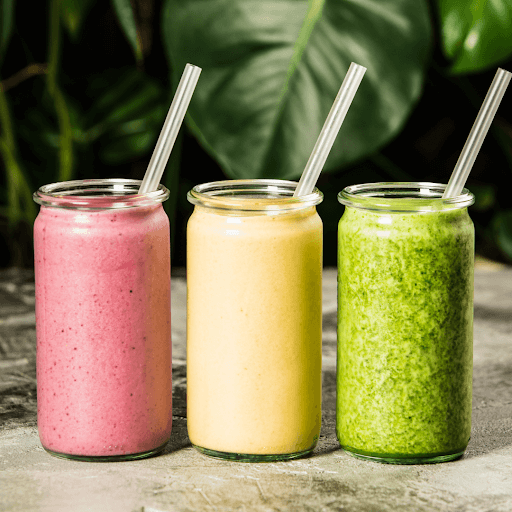
Savory Smoothies:
For a quick and convenient lunch option, try a savory smoothie. Blend together a cup of unsweetened Greek yogurt with a scoop of protein powder (like whey protein or g protein), a handful of spinach, a cup of mixed berries, and a tablespoon of peanut butter for added flavor and healthy fats. This smoothie is packed with protein, vitamins, and minerals, making it a perfect on-the-go meal.
Lentil Soup:
A hearty bowl of lentil soup is a warm and satisfying lunch option. You can make a big batch on the weekend and enjoy it throughout the week. Add some cooked quinoa or brown rice for extra carbohydrates and fiber.
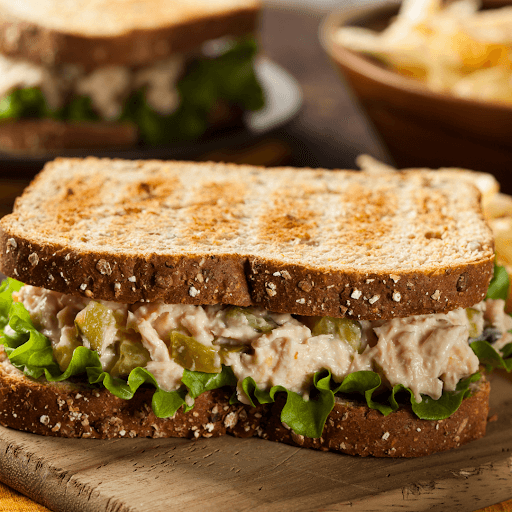
Tuna Melt on Whole-Wheat Bread:
This classic lunch gets a healthy upgrade with the use of whole-wheat bread. Top your toast with canned tuna, a slice of avocado, and a few slices of tomato.
Chicken Stir-Fry:
A quick and easy stir-fry is a fantastic way to incorporate a variety of vegetables and lean protein. Use leftover grilled chicken or tofu, and stir-fry with broccoli, carrots, and snap peas. Season with soy sauce, ginger, and garlic. Serve over brown rice or quinoa.
Leftover Roasted Vegetables with Eggs:
Roast a large batch of vegetables like broccoli, Brussels sprouts, and sweet potatoes on the weekend. Enjoy them throughout the week by adding a couple of fried or scrambled eggs for a protein boost.
Chickpea Curry:
This flavorful and satisfying curry is packed with protein and fiber. You can use store-bought curry paste or make your own. Serve it over brown rice or cauliflower rice for a complete meal.
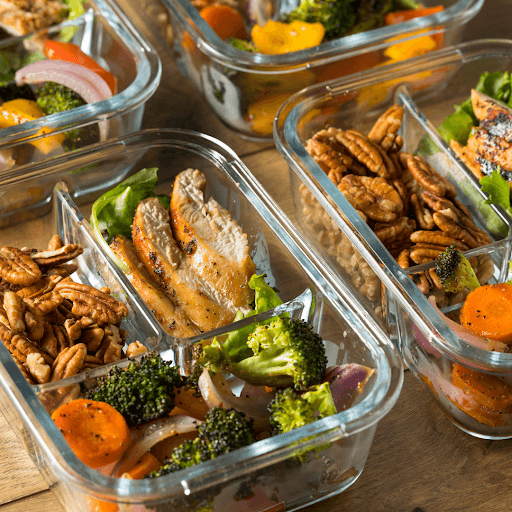
Meal Prep Tips
Incorporating meal prep into your routine can be a game-changer when it comes to achieving your fitness goals. By dedicating a few hours each week to preparing healthy meals in advance, you can ensure consistent protein intake throughout the week while saving valuable time and reducing stress.
Meal Prep Recipes:
One of the easiest meal prep strategies is to cook a large batch of protein on the weekend. For example, grill or bake a large batch of chicken breasts on Sunday. You can then use these cooked chicken breasts in a variety of ways throughout the week, such as adding them to salads, wraps, or bowls.
Another simple meal prep recipe idea is to hard-boil a dozen eggs at the beginning of the week. Hard-boiled eggs are a convenient and portable source of protein that can be enjoyed as a quick snack or added to salads and sandwiches.
Consider preparing large batches of legumes like lentils or chickpeas. These can be used in soups, salads, or as a base for veggie burgers.
Grocery Shopping:
- To make meal prep easier, stock your grocery store with a variety of protein-rich foods.
- Include lean cuts of chicken, fish (like salmon or tuna), and lean beef in your shopping cart.
- Don’t forget to stock up on eggs, Greek yogurt, cottage cheese, and a variety of beans and lentils.
- Fresh vegetables like broccoli, spinach, and bell peppers can be easily added to salads, stir-fries, and omelets.
By dedicating some time to meal prep each week, you can streamline your lunch routine, ensure consistent protein intake, and make healthier choices easier throughout the day.
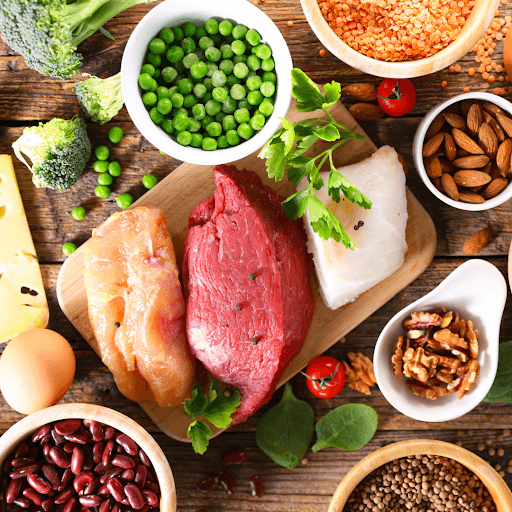
Frequently Asked Questions (FAQs)
Q: How much protein do I really need?
A: This depends on several factors, including your activity level, fitness goals, and body size. A general guideline for adults is 0.8 grams of protein per kilogram of body weight. However, for individuals engaging in intense exercise or aiming for muscle gain, this recommendation may increase to 1.6-2.2 grams of protein per kilogram of body weight.
Q: Can I get enough protein on a plant-based diet?
A: Absolutely! There are plenty of excellent plant-based protein sources, including beans, lentils, tofu, tempeh, nuts, and seeds. Combining different plant-based protein sources throughout the day can ensure you’re getting all the essential amino acids your body needs.
Q: What are some good protein sources for vegetarians?
A: Some excellent vegetarian protein sources include:
- Beans (black beans, kidney beans, chickpeas, lentils)
- Tofu
- Tempeh
- Edamame
- Nuts (almonds, walnuts, peanuts)
- Seeds (chia seeds, flax seeds, pumpkin seeds)
- Quinoa
- Greek yogurt
Q: Is it better to eat protein in one large meal or spread it throughout the day?
A: While consuming a larger portion of protein at one meal can be beneficial, it’s generally recommended to spread your protein intake throughout the day. Aim for 20-30 grams of protein at each meal to optimize protein synthesis and muscle growth.
Q: Can I get too much protein?
A: While it’s unlikely to consume too much protein from whole food sources, excessive protein intake from supplements may have some negative effects on kidney function in certain individuals. It’s always best to consult with a healthcare professional or registered dietitian for personalized advice.
Tips & Tricks
- Spice Things Up: Add some flavor to your meals with herbs, spices, and sauces. Experiment with different seasonings like cumin, paprika, garlic powder, and onion powder.
- Don’t Forget Hydration: Protein synthesis requires adequate hydration. Make sure to drink plenty of water throughout the day.
- Listen to Your Body: Pay attention to how your body feels after consuming different protein sources. Some people may experience digestive discomfort with certain types of protein may cause digestive discomfort.
- Make it Fun! Don’t be afraid to experiment with new recipes and flavors. Cooking should be enjoyable! Try new cuisines, explore different cooking methods, and have fun in the kitchen.
- Incorporate Protein Snacks: Keep healthy protein snacks on hand throughout the day, such as hard-boiled eggs, Greek yogurt, a handful of nuts, or a protein bar.
- Utilize Protein Powder: Protein powder can be a convenient way to supplement your protein intake, especially on busy days. Choose a high-quality protein powder that suits your dietary needs and preferences.
Interesting Facts About Protein
- Did you know? Protein is essential for more than just muscle growth. It also plays a vital role in hormone production, immune function, and the repair and maintenance of all body tissues.
- The human body cannot store excess protein. Excess protein is either used for energy or converted into glucose or fat.
- Complete proteins contain all nine essential amino acids, which the body cannot produce on its own. Animal sources like meat, poultry, fish, eggs, and dairy are typically considered complete proteins.
- Plant-based protein sources can also provide all the essential amino acids when consumed in combination.
